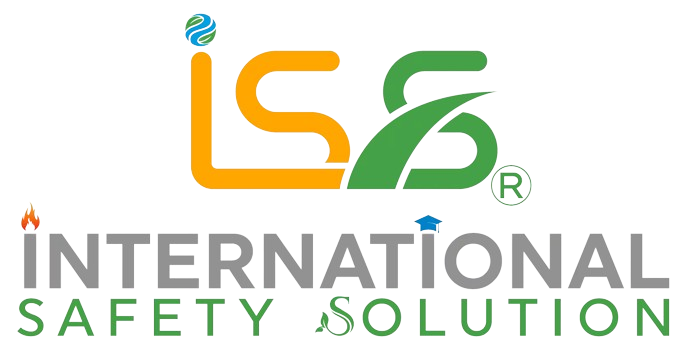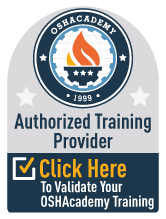Crane & Lifting Safety
Crane & Lifting Safety
Title: Crane Lifting Training
I. Introduction
Overview of the purpose and importance of crane lifting training
Brief history of cranes and their uses
II. Types of Cranes
Description and differences between various types of cranes, including mobile, tower, and overhead cranes
Appropriate uses for each type of crane
III. Crane Safety
Basic safety principles for crane operation and lifting
Proper safety gear and equipment for crane operators and workers
Common hazards and risks associated with crane lifting, and how to avoid them
IV. Crane Operation
Steps for proper crane setup, including checking load weight, levelness of ground, and crane stability
Basic controls and operation of cranes, including moving loads, hoisting and lowering loads, and rotating the crane
V. Load Handling
How to properly secure and attach loads to a crane
Techniques for controlling and positioning loads during lifting and placement
Load weight limits and other considerations for safe and efficient load handling


